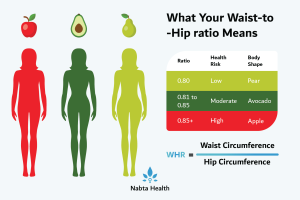من المسؤول عن عدم القدرة على الإنجاب؟

Causes of infertility when a couple does not fall pregnant, despite actively trying for at least a year. The challenge of infertility should be one faced by a couple together. Until testing is carried out, it may not be possible to discern where the problem lies.
Where a cause for the infertility is identified, testing will usually reveal that in one-third of cases the problem lies with the female, in one-third of cases it lies with the male and in one-third of cases it is due to a combination of factors.
Female infertility
Some of the most common female infertility issues include:
- Endometriosis
- Polycystic ovary syndrome (PCOS)
- Hormonal disorders, including hyperthyroidism and hypothyroidism
- Fallopian tube blockages
- Anti-sperm antibodies in the follicular fluid and in the blood
- Early menopause/ovarian insufficiency.
Male infertility
Some of the most common male infertility issues include:
- Abnormal sperm production (a low sperm count, sperm that does not move well, or sperm that is an irregular shape)
- Varicoceles (abnormal veins in the testes)
- Premature or retrograde ejaculation
- Anti-sperm antibodies.
- Exposure to environmental factors, including pesticides, drugs and other chemicals.
- Cancers, particularly those that affect the male and female reproductive systems, can also massively impair fertility, as can the most commonly used radiation and chemotherapy treatments.
Seeking help for infertility
When seeking guidance and advice for infertility, it is recommended that both partners attend the sessions, particularly as it is a good opportunity to learn more about the normal process of conception as well as natural ways to increase fertility. In up to 25% of cases, even after comprehensive testing, the doctor will diagnose ‘idiopathic infertility’, meaning there is no obvious cause. The good news, however, is that most couples that seek medical advice will eventually conceive.
Nabta is reshaping women’s healthcare. We support women with their personal health journeys, from everyday wellbeing to the uniquely female experiences of fertility, pregnancy, and menopause.
Get in touch if you have any questions about this article or any aspect of women’s health. We’re here for you.
Sources:
Gunn, D D, and G W Bates. “Evidence-Based Approach to Unexplained Infertility: a Systematic Review.” Fertility and Sterility, vol. 105, no. 6, June 2016, pp. 1566–1574., doi:10.1016/j.fertnstert.2016.02.001.
Nip, M M, et al. “Autoantibodies and Antisperm Antibodies in Sera and Follicular Fluids of Infertile Patients; Relation to Reproductive Outcome after in-Vitro Fertilization.” Human Reproduction, vol. 10, no. 10, Oct. 1995, pp. 2564–2569.
“Causes: Infertility.” NHS, 14 Feb. 2017, www.nhs.uk/conditions/infertility/causes/.
“Infertility.” Mayo Clinic, www.mayoclinic.org/diseases-conditions/infertility/symptoms-causes/syc-20354317.










